Ori Gersht reflects on Kyoto’s Zen gardens and their secret floating worlds
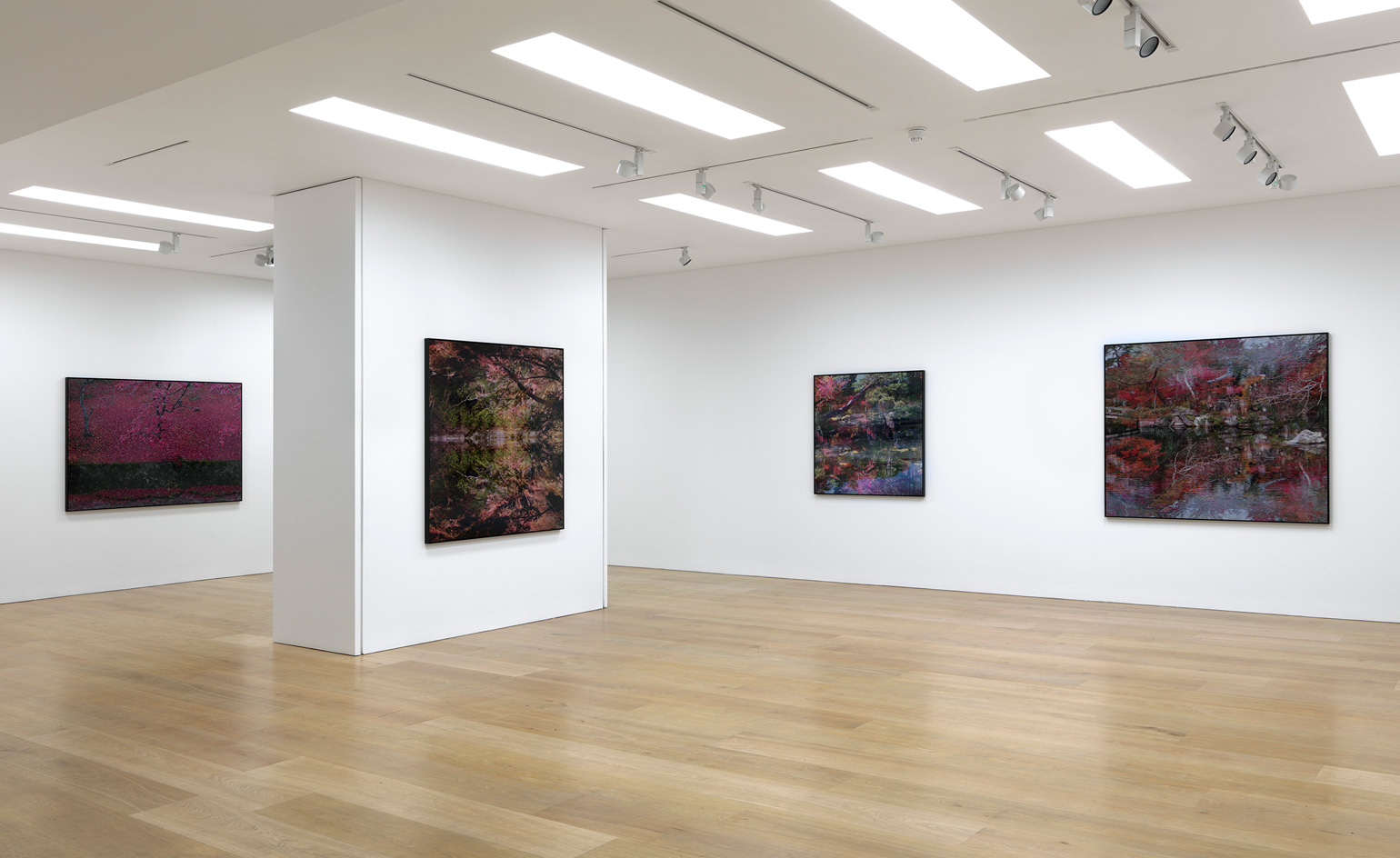
Japan has long fascinated photographers – from Tokyo’s futuristic architectural tapestry to awe-inspiring natural marvels (Mt Fuji springs to mind), it is a visually charged place that stirs fantasy. The latest artist to turn his lens to the curious country – more specifically, Kyoto and its ancient gardens – is Israeli photographer and 2015 Prix Pictet nominee Ori Gersht, who recently debuted his new project ‘Floating World’ at London gallery Ben Brown Fine Arts.
Gersht began work on the series towards the end of last year, visiting and capturing the gardens of Buddhist Zen temples in and surrounding Kyoto. He was intrigued by their inherent stillness and the preservation of history; these gardens lend a meditative escape from a turbulent modern world. ‘I am fascinated by the complex and intricate relationships that the Japanese have developed with their gardens and with the landscape,’ explains the photographer. ‘I was drawn to the cyclical relations of these gardens with the past, present, and future, their flow of movement in contrast to its sudden photographic arrest.’
Here, Kyoto’s gardens are rendered as Monet-esque landscapes as Gersht hones in on water reflections, seamlessly fusing ‘reflections with the reflected world’ in his photographs. Through this he explores the tension between what he dubs ‘the virtual and the material’, pitting illusion against reality and uncovering hidden worlds beneath the surface. ‘The philosophy of these ancient gardens seems to align with my interest to reflect an essence of nature rather than its actual appearance,’ he adds, ‘heightening the dialectic between utopian and real places, between the imagined and reality.
But underneath the surface of these sylvan settings, something more mercurial lays in wait. Gersht explains: ‘These ancient fragile gardens are resting upon volatile, unstable tectonic plates. Despite the peaceful nature, they are under constant volcanic threat. Contained within Buddhist temples they were created to reflect the essence of nature.’
This latest endeavour is an extension of a prior series from 2014, ‘On Reflection’, which revisits early seventeenth-century paintings by Flemish artist Jan Brueghel the Elder. ‘In my work I often explore the relationships between tradition and past memories with the present, between history and contemporary life,’ says Gersht. ‘In doing so I try to push the technical limitations of photography, questioning its claim to truth.’
Gersht hopes to return to Kyoto to continue his investigation of these spaces. ‘I believe that in this context, the description of my work by the writer David Chandler [to be] very relevant: “A meditation on the poetics of fragility, a reminded that all images are transitional. They show us nothing more – for certain – than the absence of the object of representation,”’ he muses.
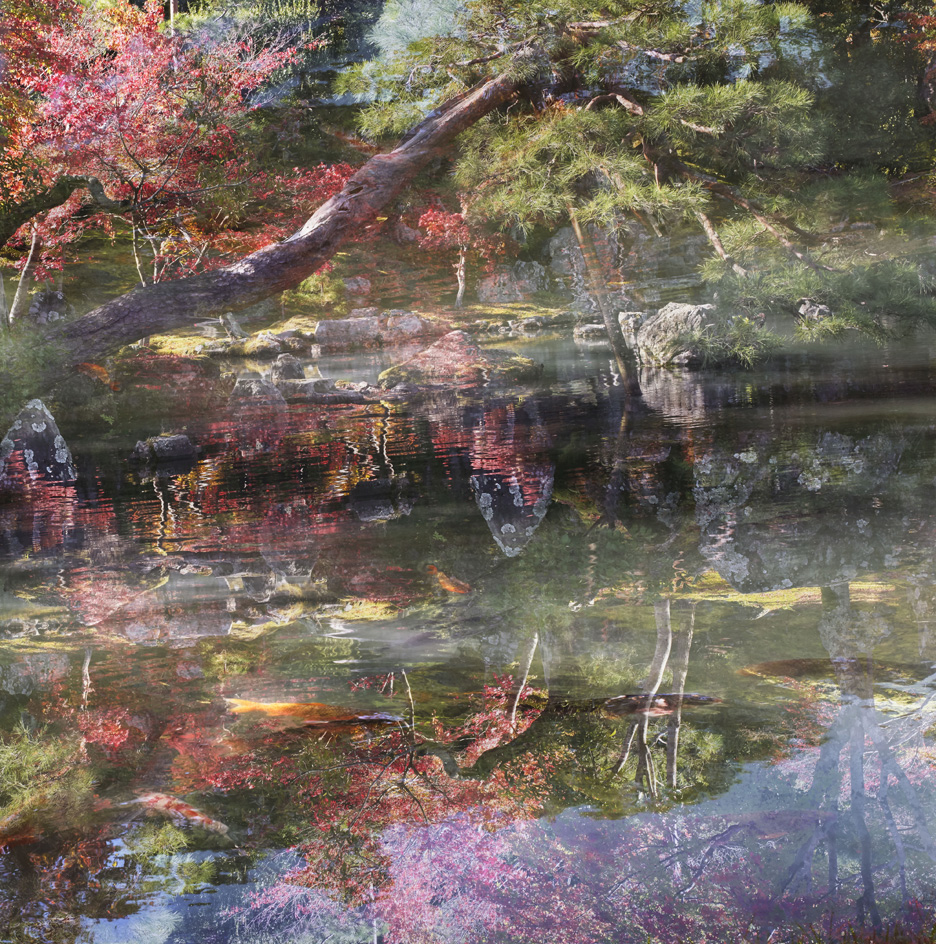
Floating World 04, 2016
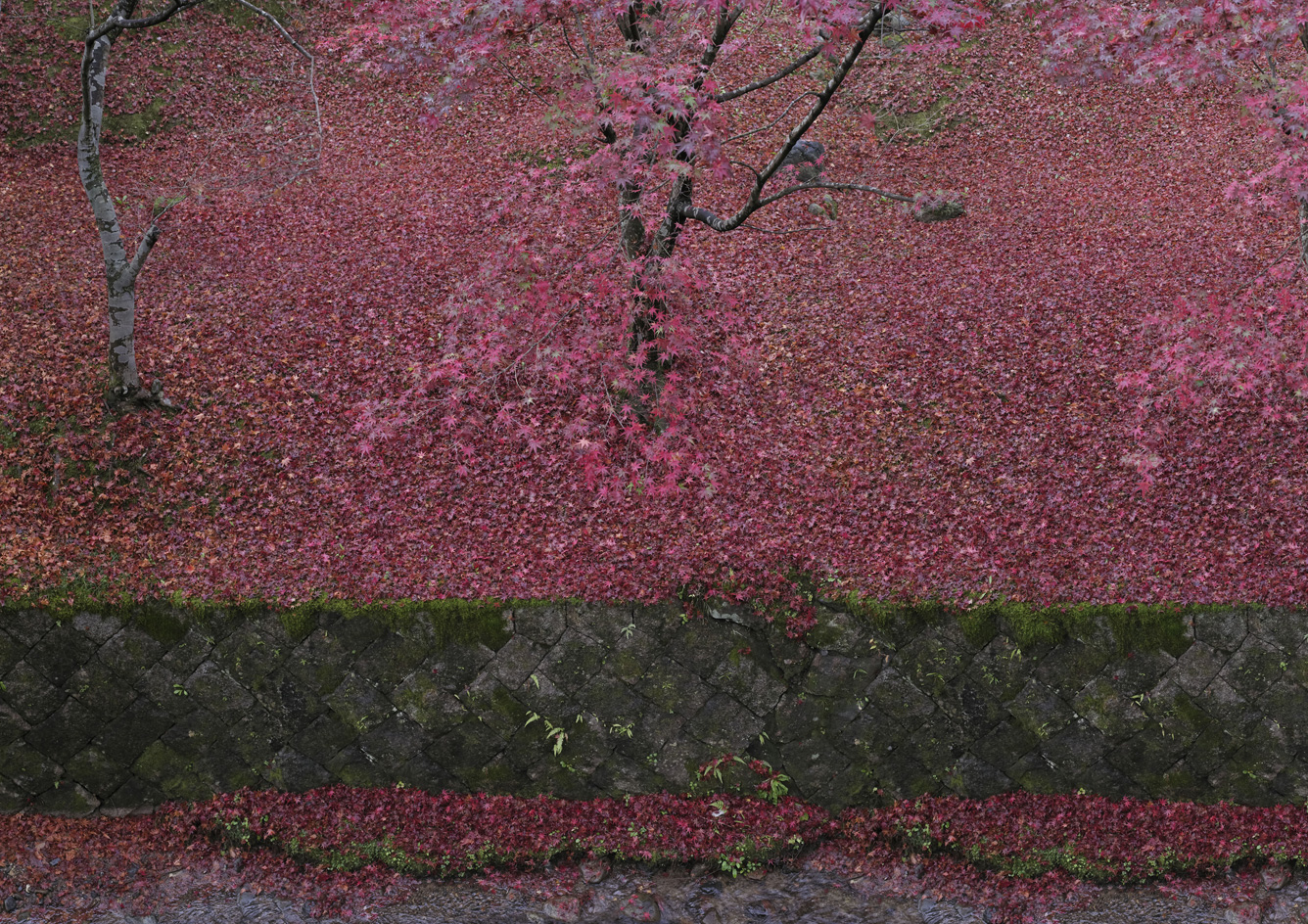
Floating World, A matter of Life and Death 01, 2016
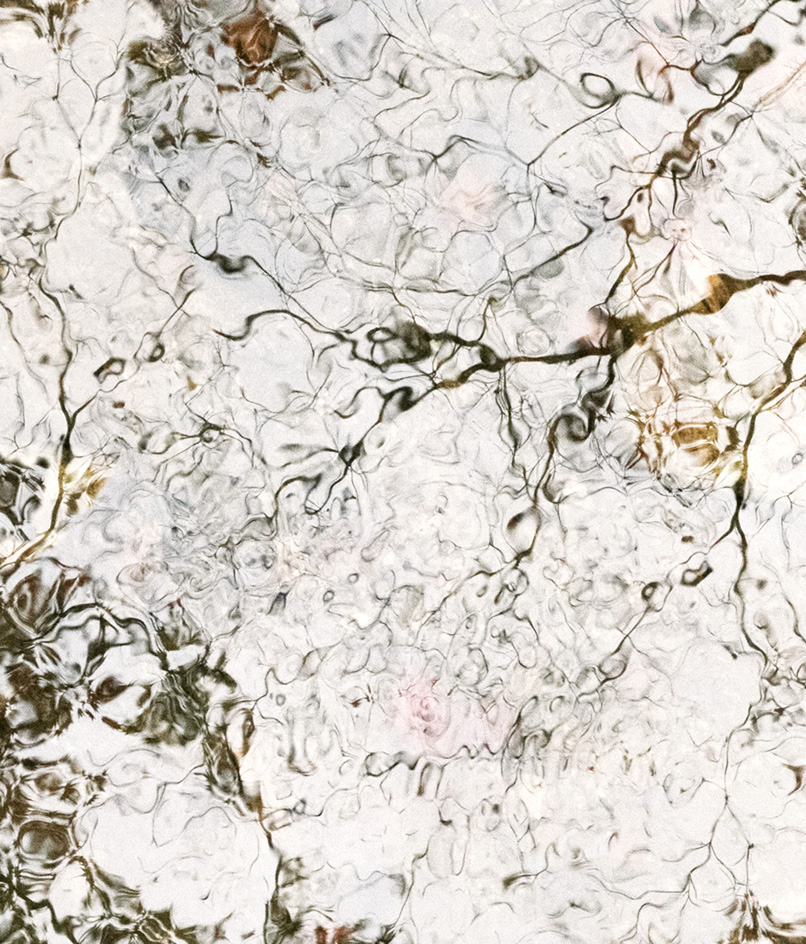
Floating World, White Lines, 2016
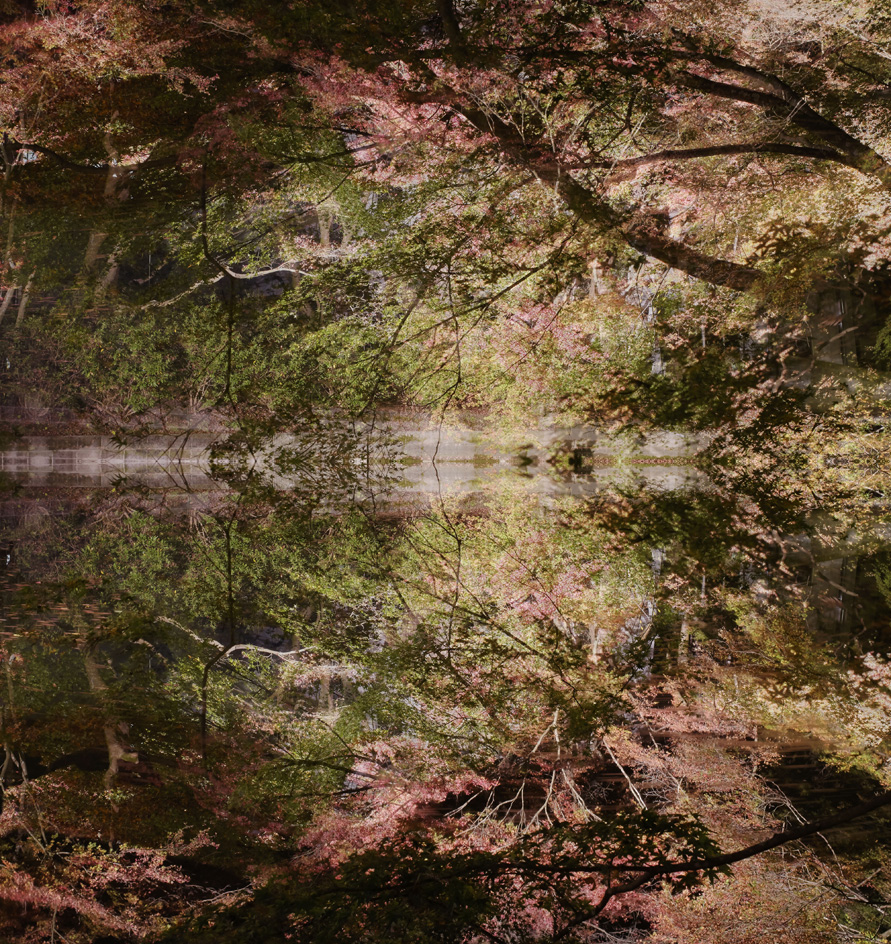
Floating World, Lost World 01, 2016
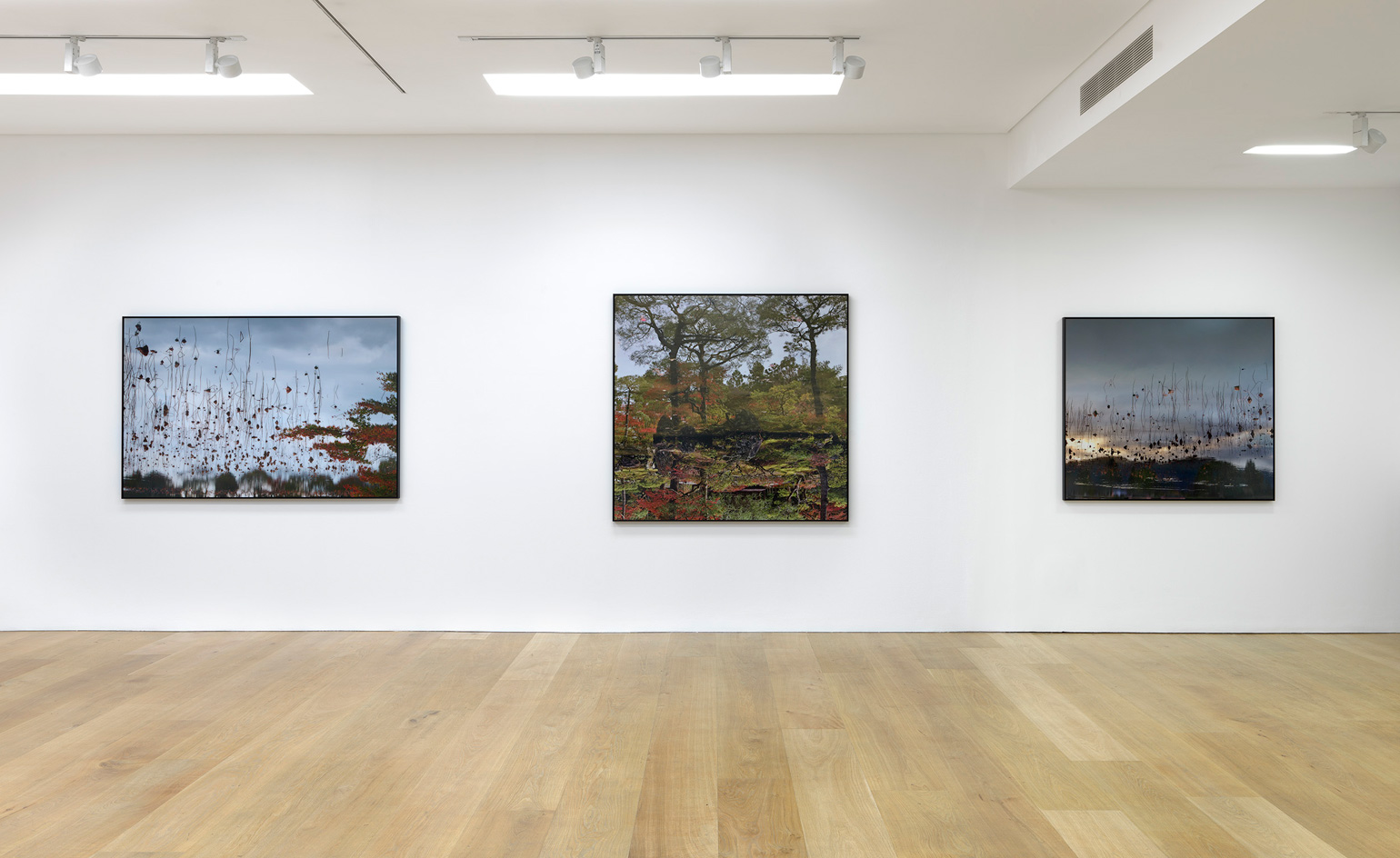
Kyoto’s gardens are rendered as Monet-esque landscapes as Gersht hones in on water reflections, seamlessly fusing ‘reflections with the reflected world’ in his photographs
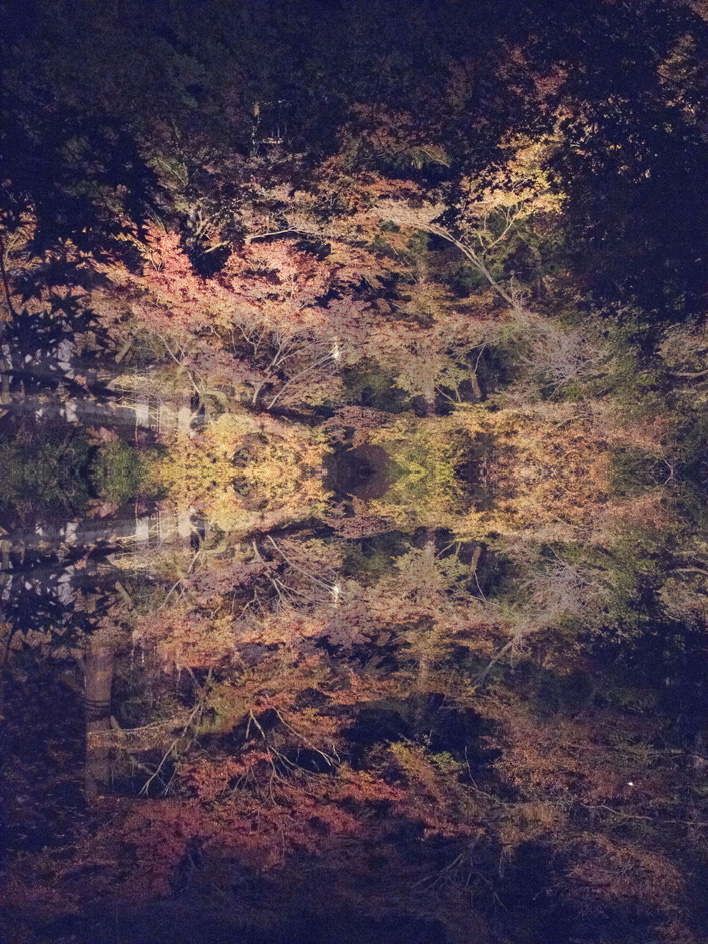
Floating World, Lost World 02, 2016
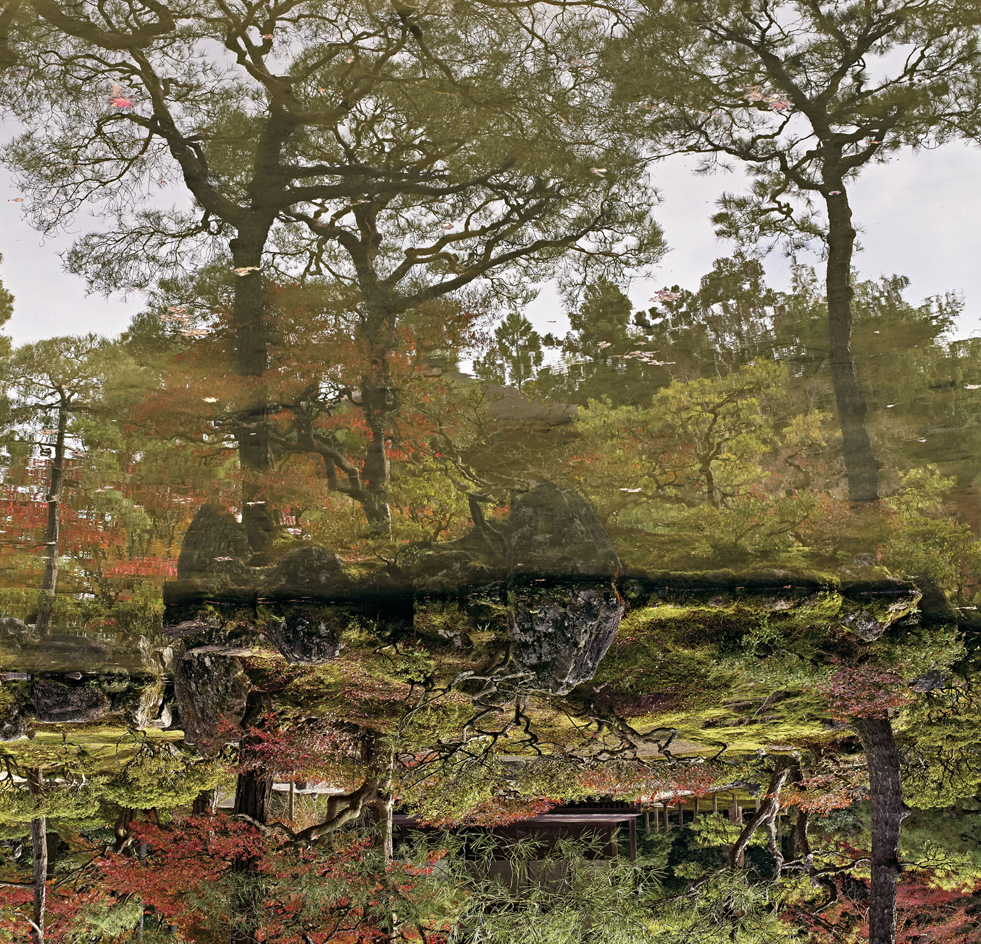
Hanging Garden, 2016
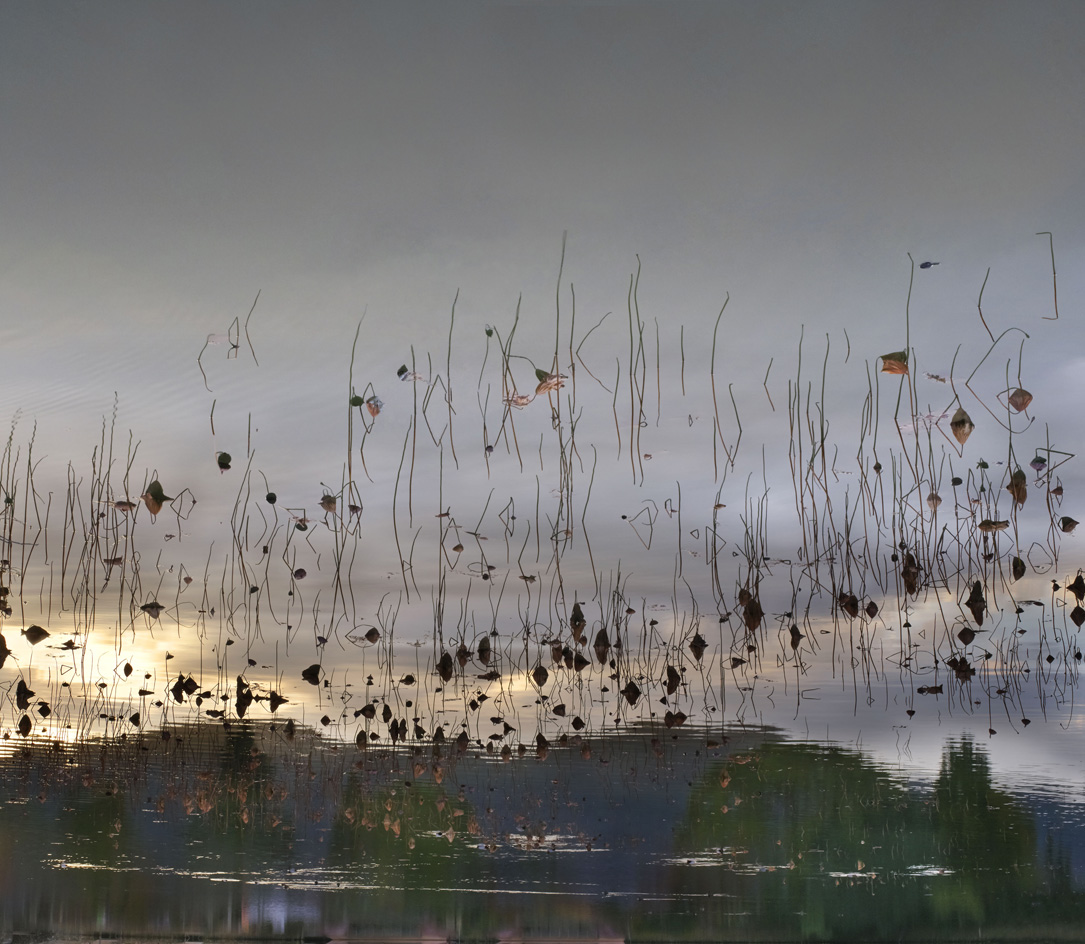
Floating World, Hanging Sky 02, 2016
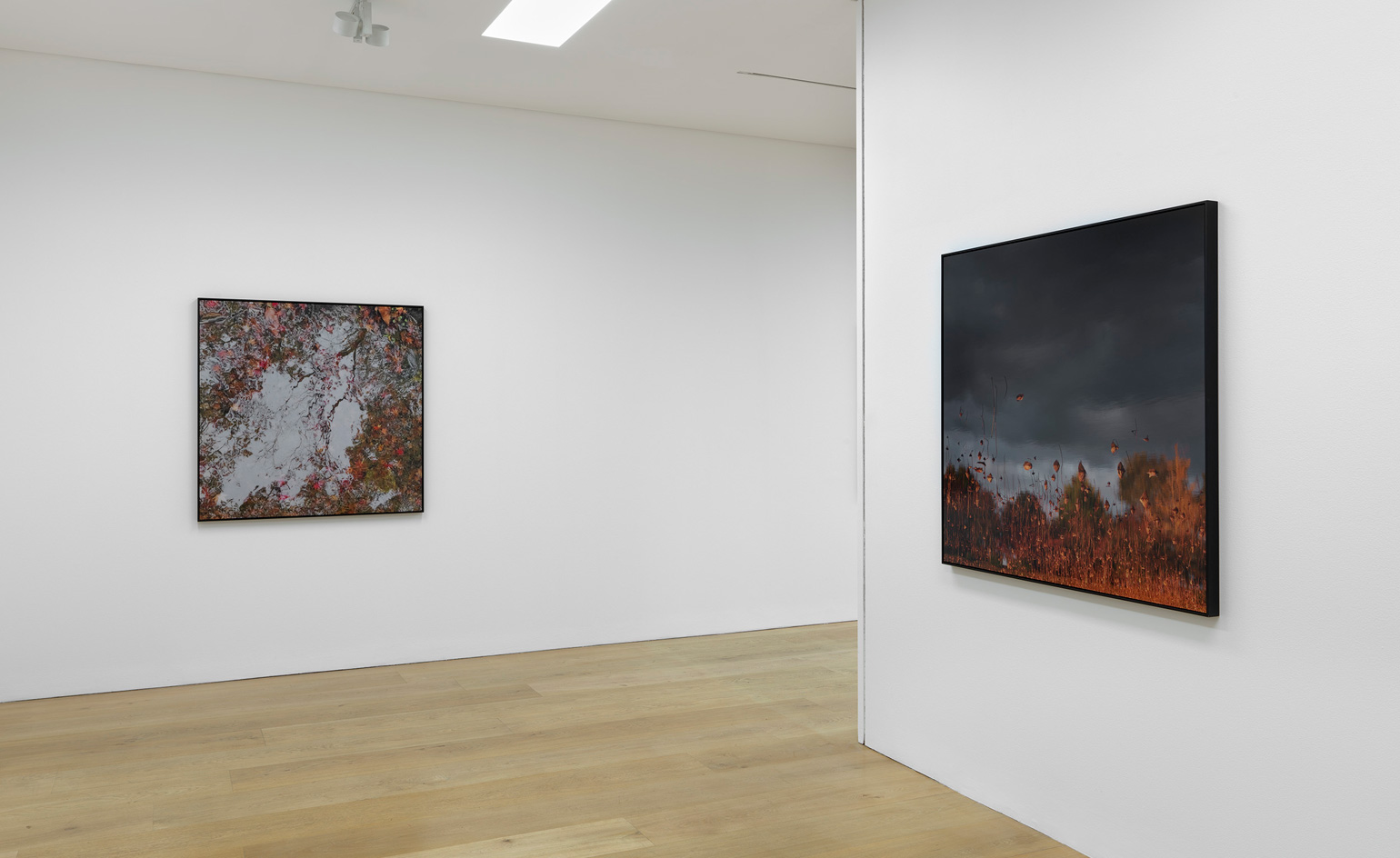
Installation view of 'Floating World' at Ben Brown Fine Arts
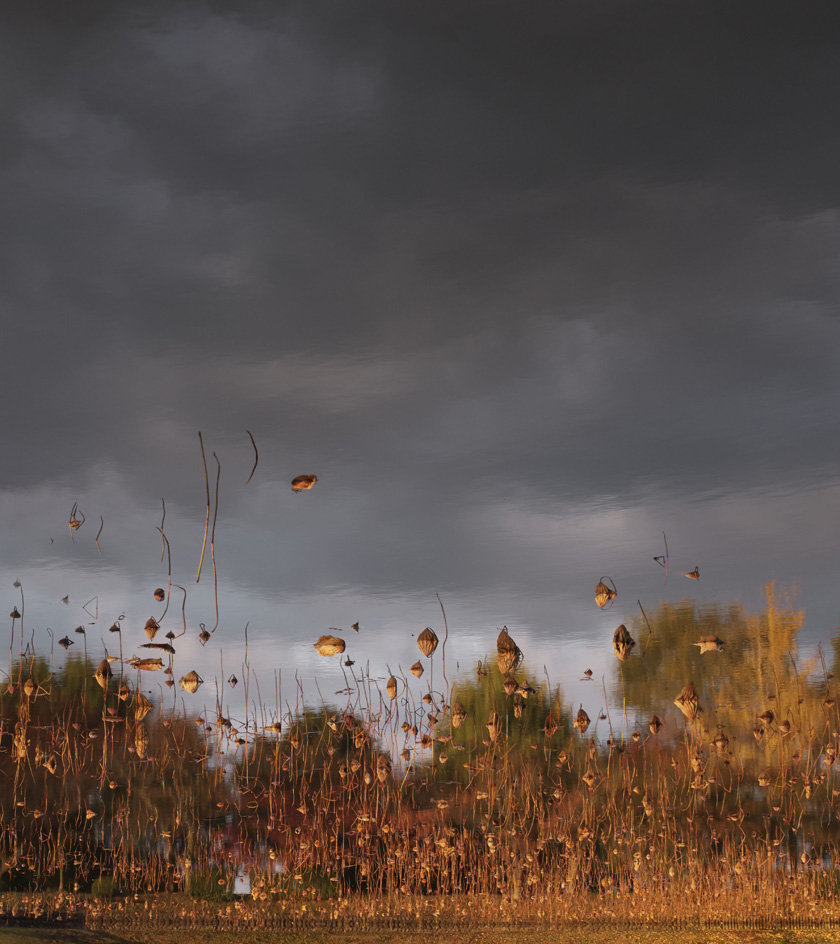
Floating World, Hanging Sky 01, 2016
INFORMATION
‘Floating World’ runs until 16 June. For more information, visit Ben Brown Fine Arts’ website
Images © Ori Gersht. Courtesy of Ben Brown Fine Arts
Wallpaper* Newsletter
Receive our daily digest of inspiration, escapism and design stories from around the world direct to your inbox.
-
 Put these emerging artists on your radar
Put these emerging artists on your radarThis crop of six new talents is poised to shake up the art world. Get to know them now
By Tianna Williams
-
 Dining at Pyrá feels like a Mediterranean kiss on both cheeks
Dining at Pyrá feels like a Mediterranean kiss on both cheeksDesigned by House of Dré, this Lonsdale Road addition dishes up an enticing fusion of Greek and Spanish cooking
By Sofia de la Cruz
-
 Creased, crumpled: S/S 2025 menswear is about clothes that have ‘lived a life’
Creased, crumpled: S/S 2025 menswear is about clothes that have ‘lived a life’The S/S 2025 menswear collections see designers embrace the creased and the crumpled, conjuring a mood of laidback languor that ran through the season – captured here by photographer Steve Harnacke and stylist Nicola Neri for Wallpaper*
By Jack Moss
-
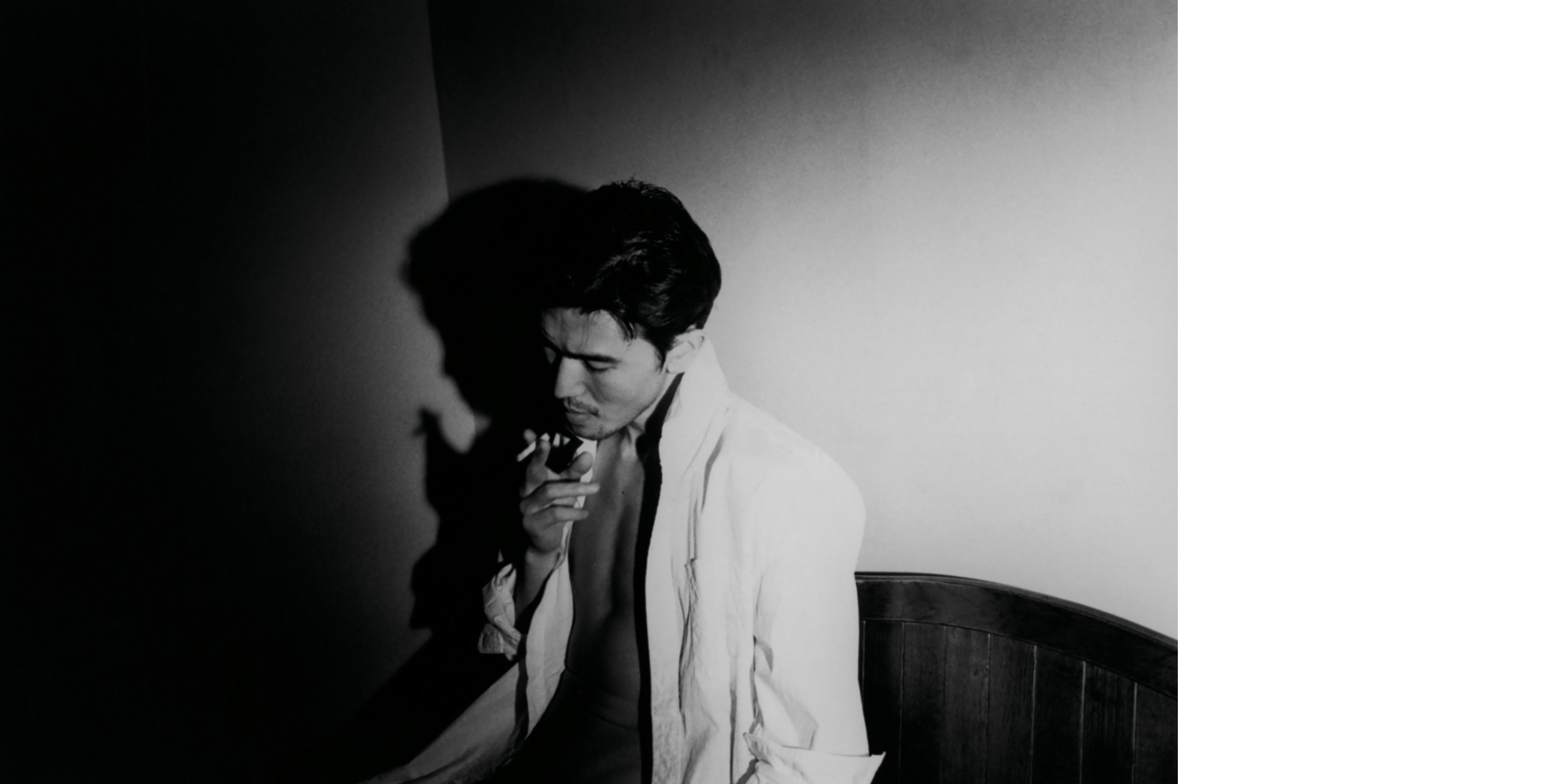 'I’m So Happy You Are Here': discover the work of Japanese women photographers
'I’m So Happy You Are Here': discover the work of Japanese women photographersSubtitled ‘Japanese Women Photographers from the 1950s to Now’, this new monograph from Aperture is a fascinating insight into a critically overlooked body of work
By Jonathan Bell
-
 Deathmatch wrestling’s behind-the-scenes moments and bloody glory
Deathmatch wrestling’s behind-the-scenes moments and bloody gloryA new limited-edition book explores the intersection between art and deathmatch wrestling at a sold-out show held in Tokyo
By Anne Soward
-
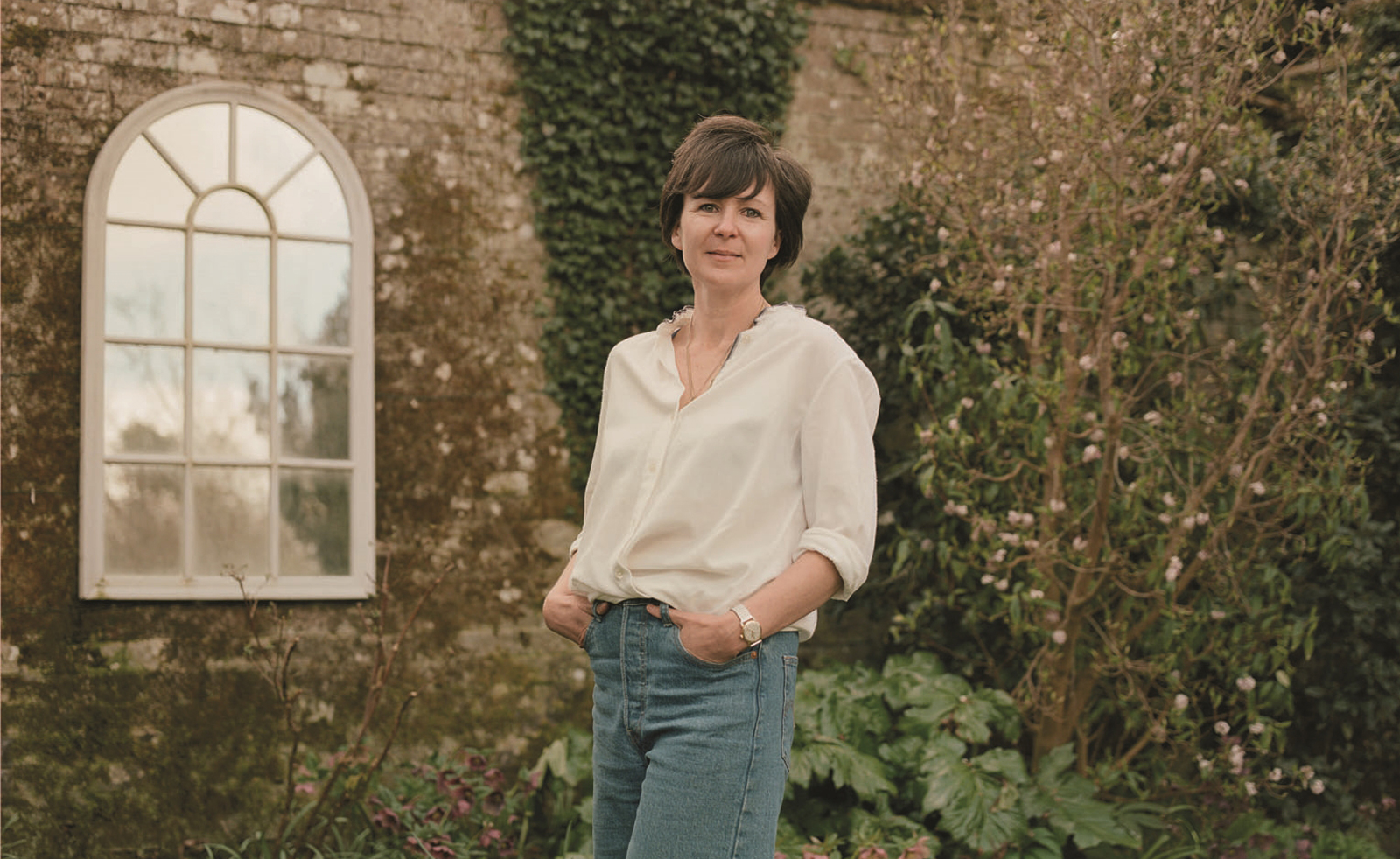 'They all have hidden relationships with colonialism and enclosure': Olivia Laing's new book considers the garden
'They all have hidden relationships with colonialism and enclosure': Olivia Laing's new book considers the gardenOlivia Laing's new book, 'The Garden Against Time', considers the social, political and cultural contexts of a garden
By Hannah Silver
-
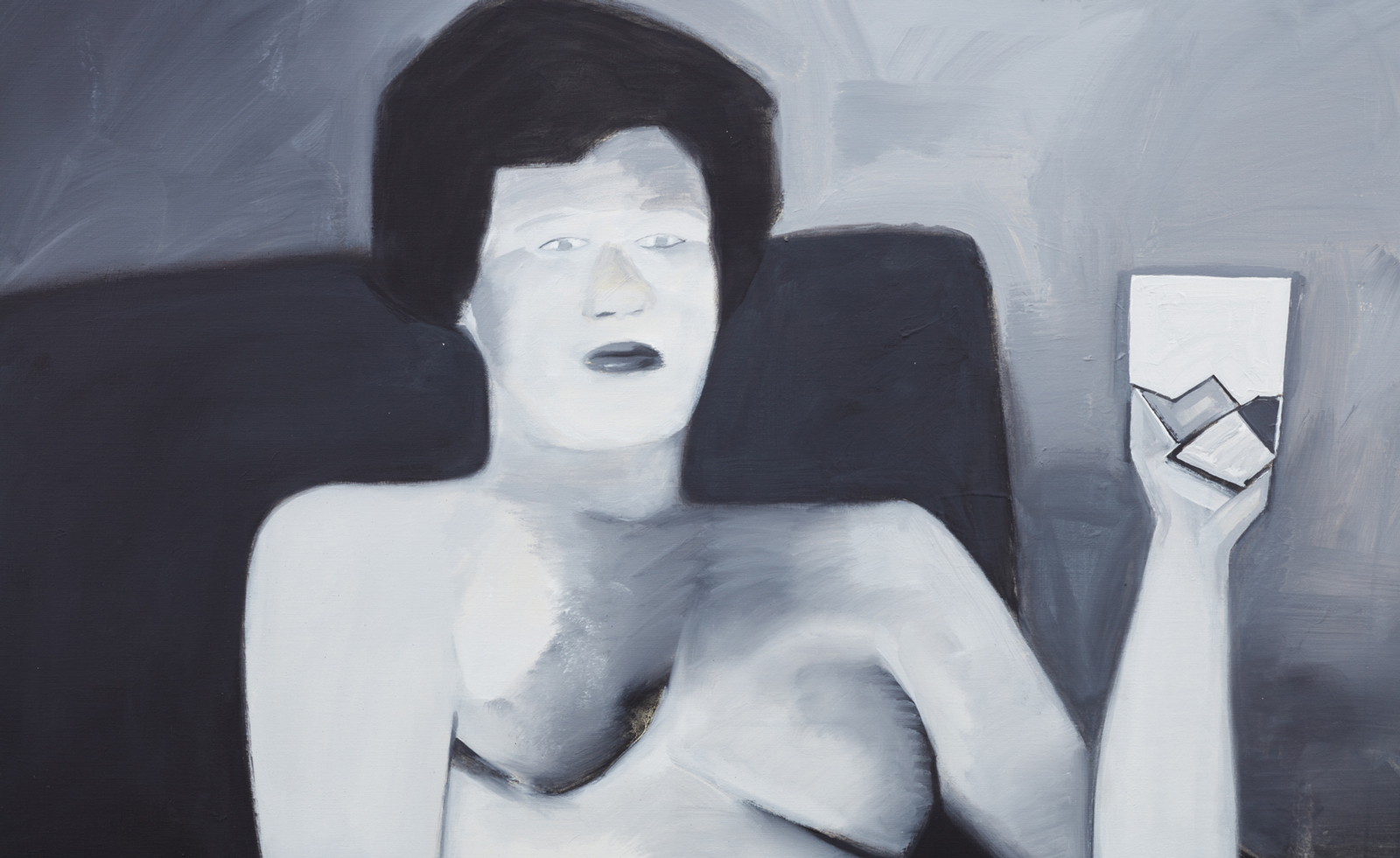 BLUM marks 30 years of Japanese contemporary art in America
BLUM marks 30 years of Japanese contemporary art in AmericaBLUM will take ‘Thirty Years: Written with a Splash of Blood’ to its New York space in September 2024, continuing its celebration of Japanese contemporary art in America
By Timothy Anscombe-Bell
-
 Olafur Eliasson inaugurates Azabudai Hills Gallery in Tokyo
Olafur Eliasson inaugurates Azabudai Hills Gallery in TokyoOlafur Eliasson marks launch of Azabudai Hills Gallery, in Tokyo’s major new district, with a show of elemental strength
By Danielle Demetriou
-
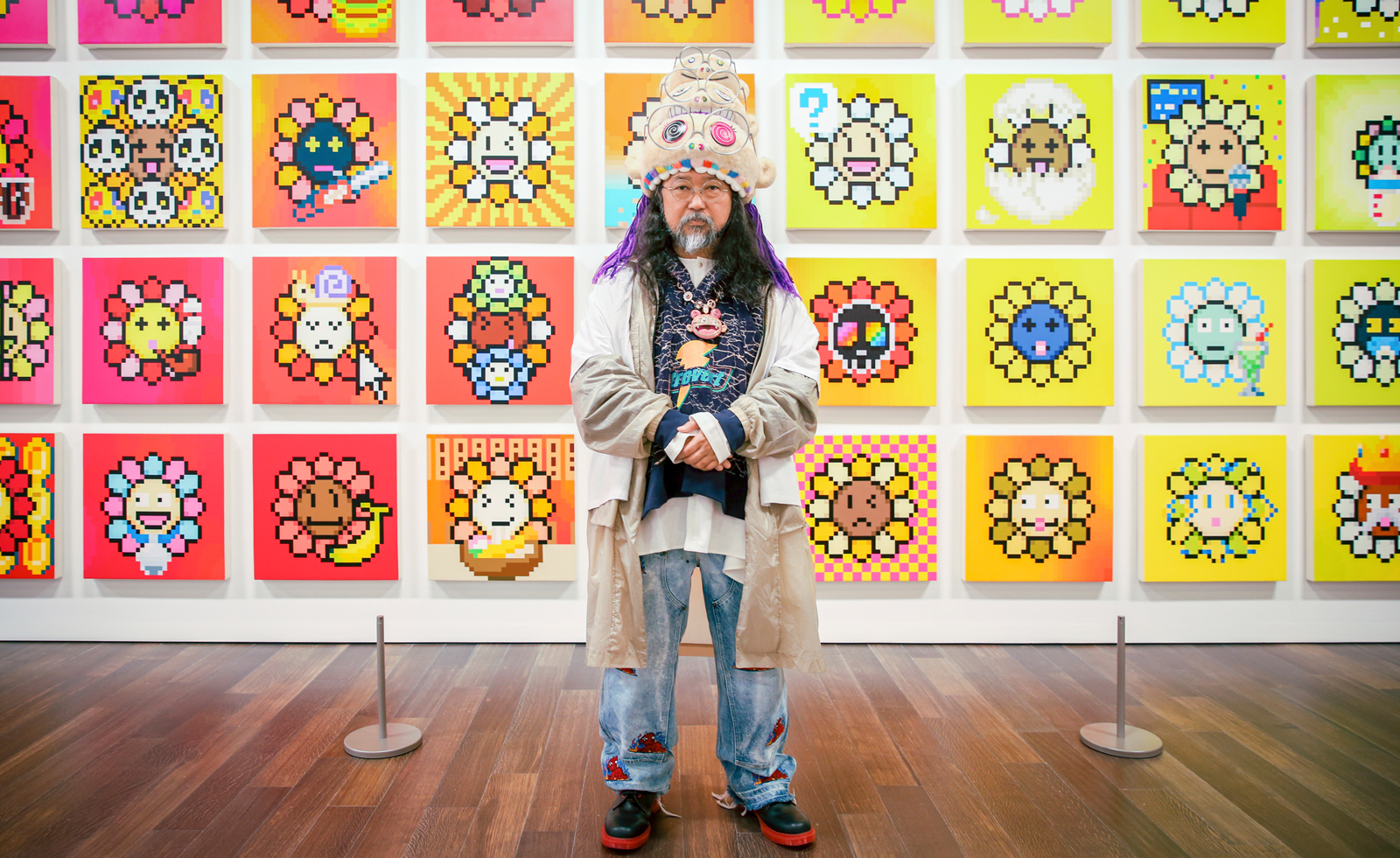 Takashi Murakami on his monsterizing San Francisco show
Takashi Murakami on his monsterizing San Francisco showTakashi Murakami tells us of pandemic-inspired creatures, eye-popping flowers, and NFTs as he explains the making of his exhibition at Asian Art Museum in San Francisco
By Pei-Ru Keh
-
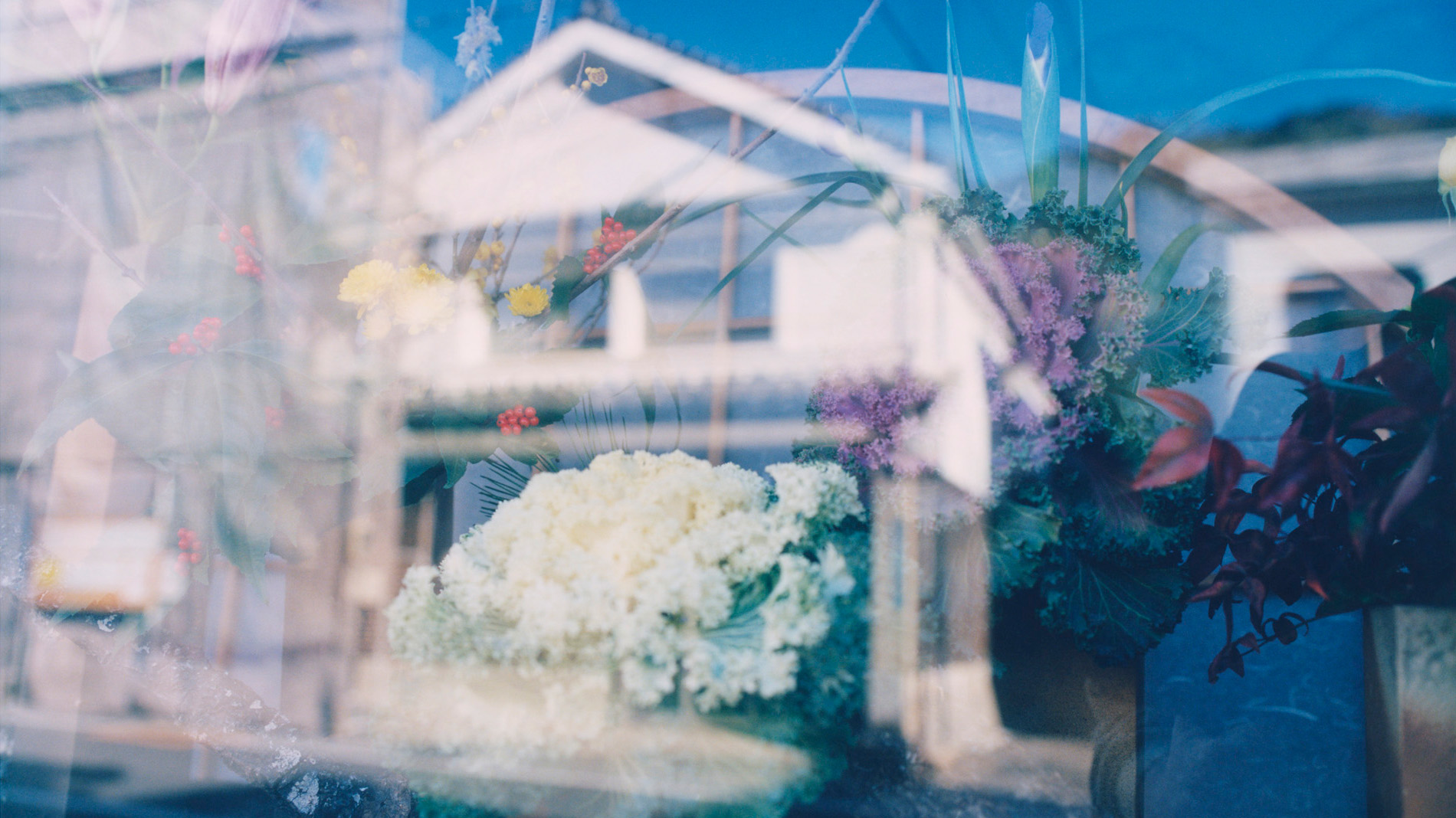 Photographer David Abrahams captures quiet moments in Japan for his new London show
Photographer David Abrahams captures quiet moments in Japan for his new London show‘Kyushu’ is a new show from photographer David Abrahams that documents his trip to a town on the Japanese island
By Mary Cleary
-
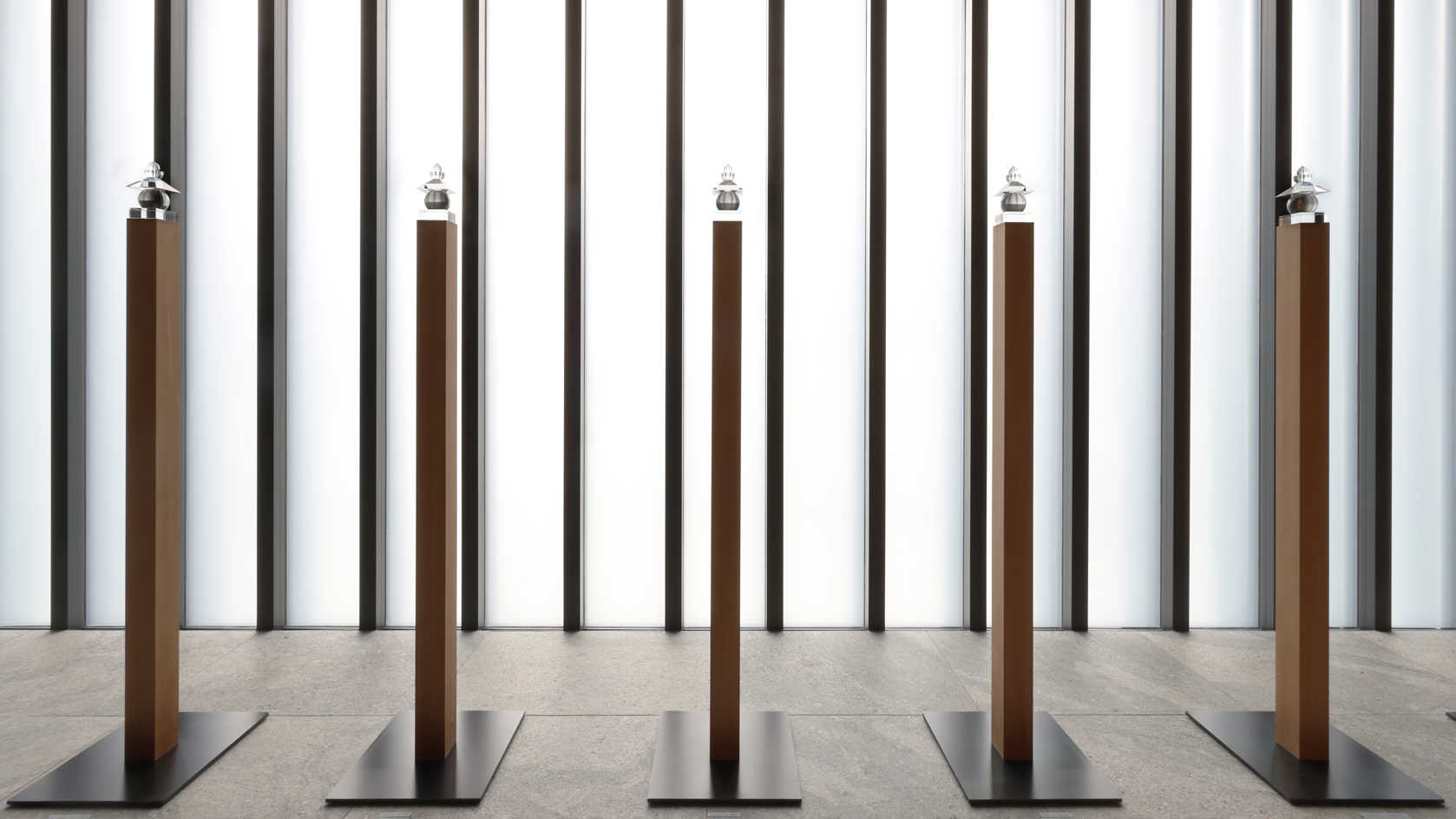 Hiroshi Sugimoto: ‘The deeper I explore Shinto and Buddhist art, the more it reveals the shallowness of contemporary art’
Hiroshi Sugimoto: ‘The deeper I explore Shinto and Buddhist art, the more it reveals the shallowness of contemporary art’‘Hiroshi Sugimoto – The Descent of the Kasuga Spirit’, at the Kasuga-Taisha shrine in Nara, Japan, sees the acclaimed photographer draw on Japan’s spiritual past and present
By Minako Norimatsu